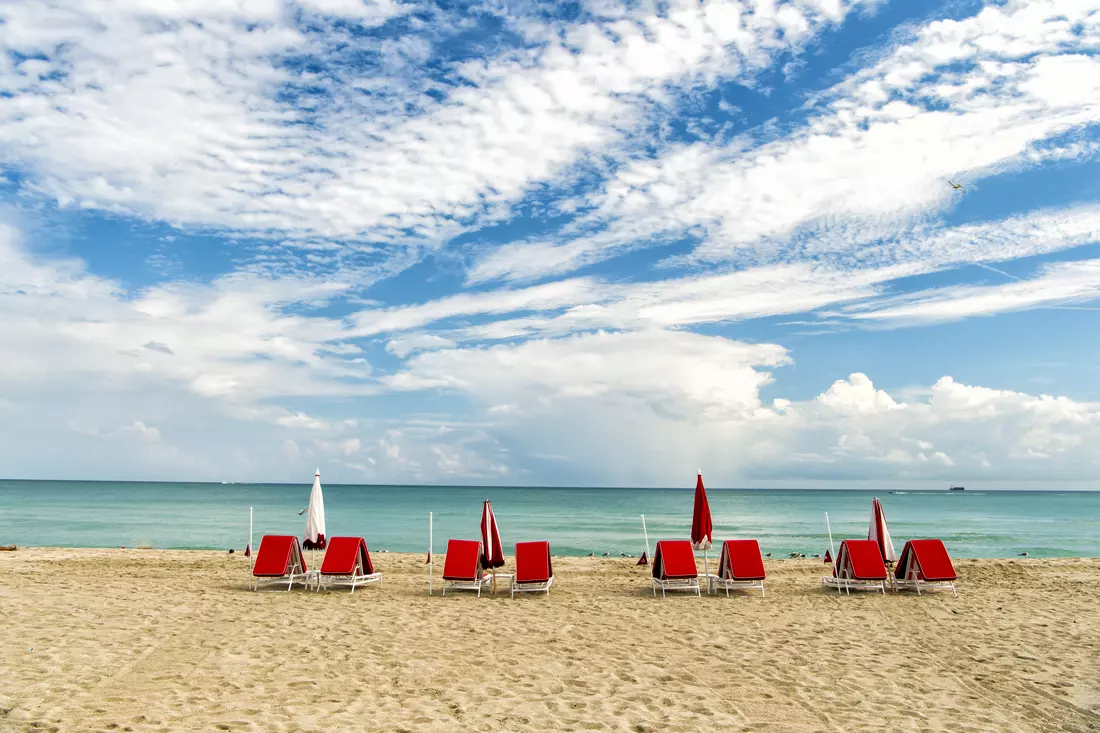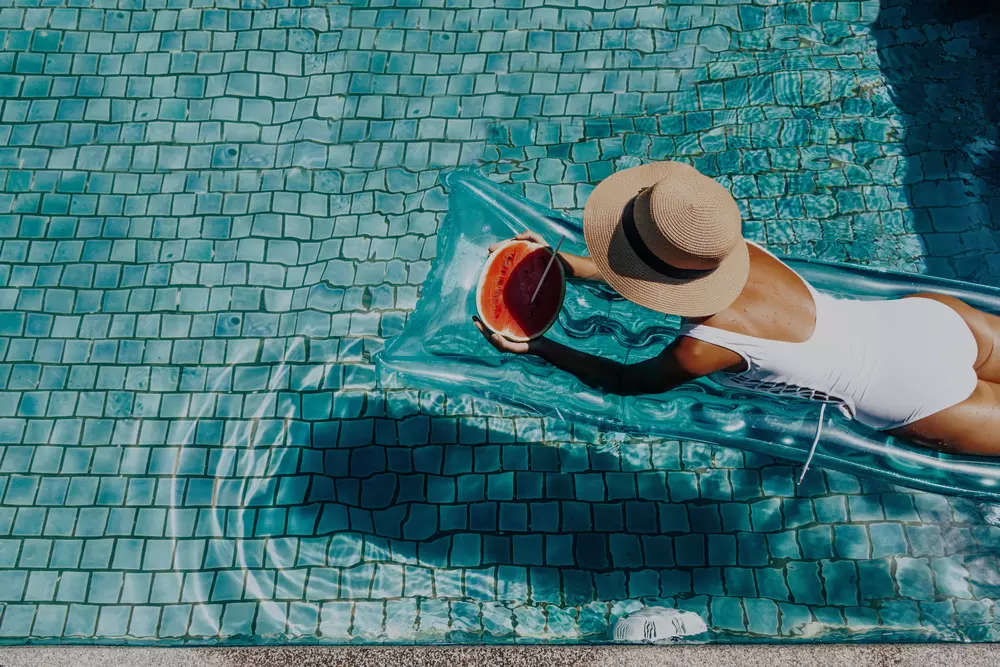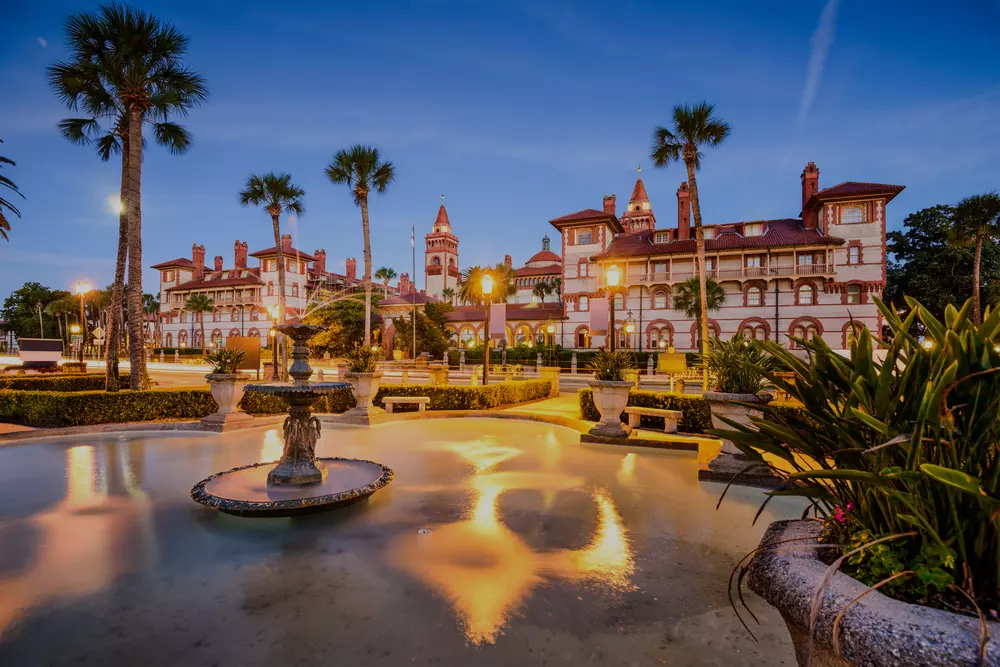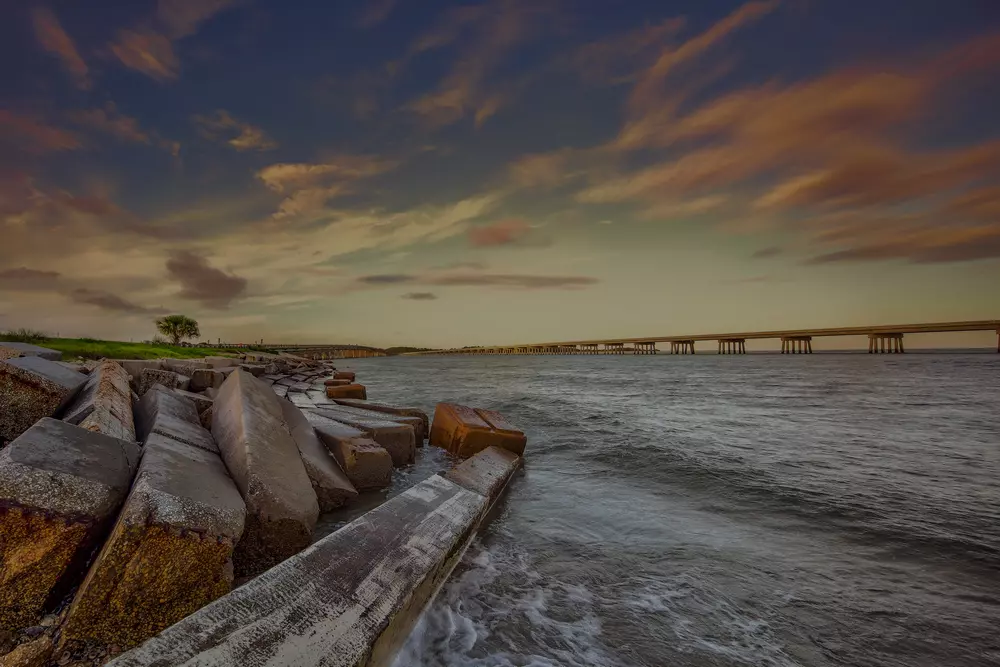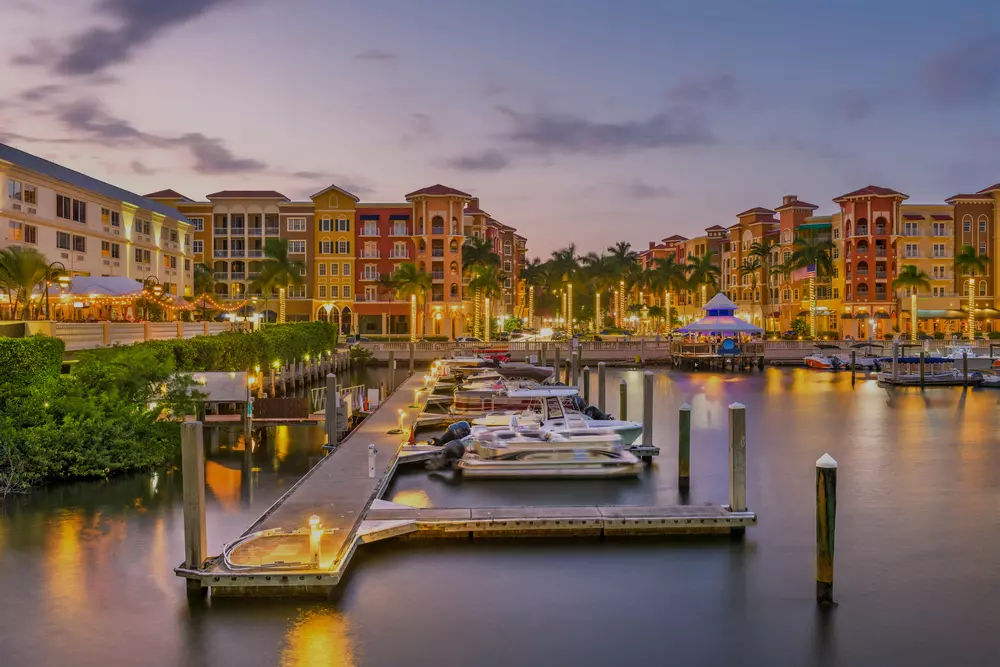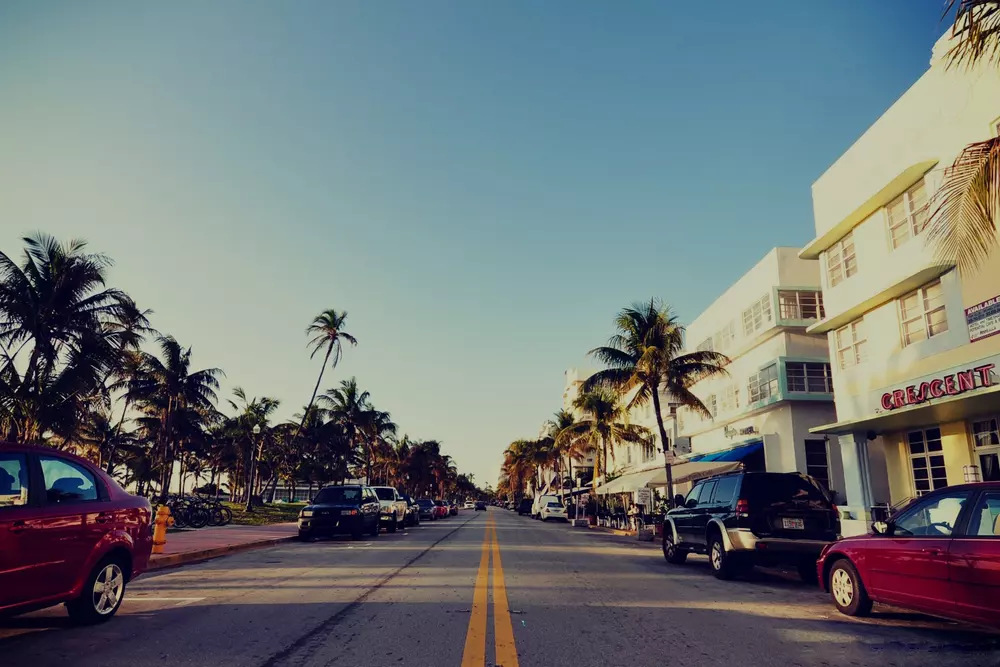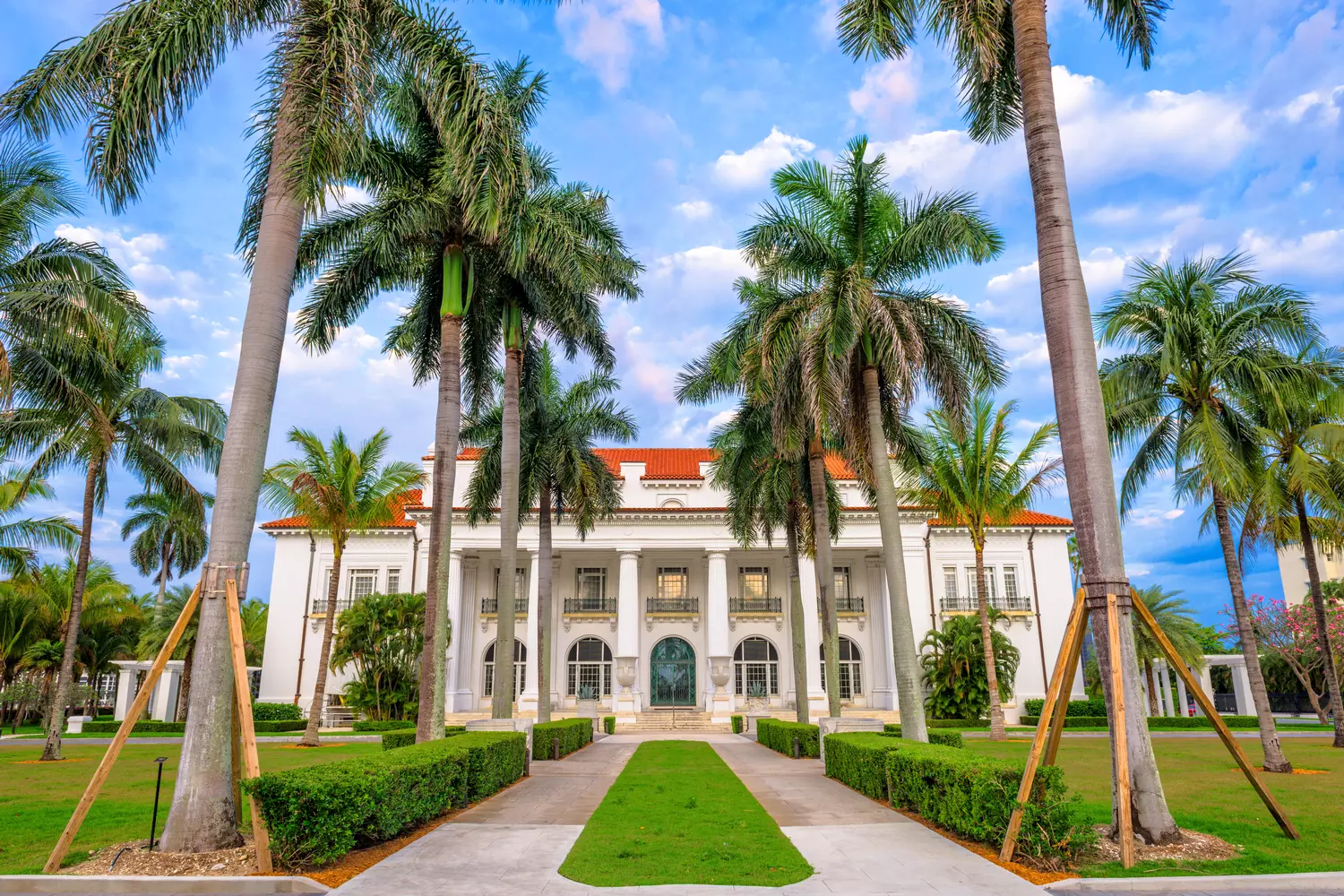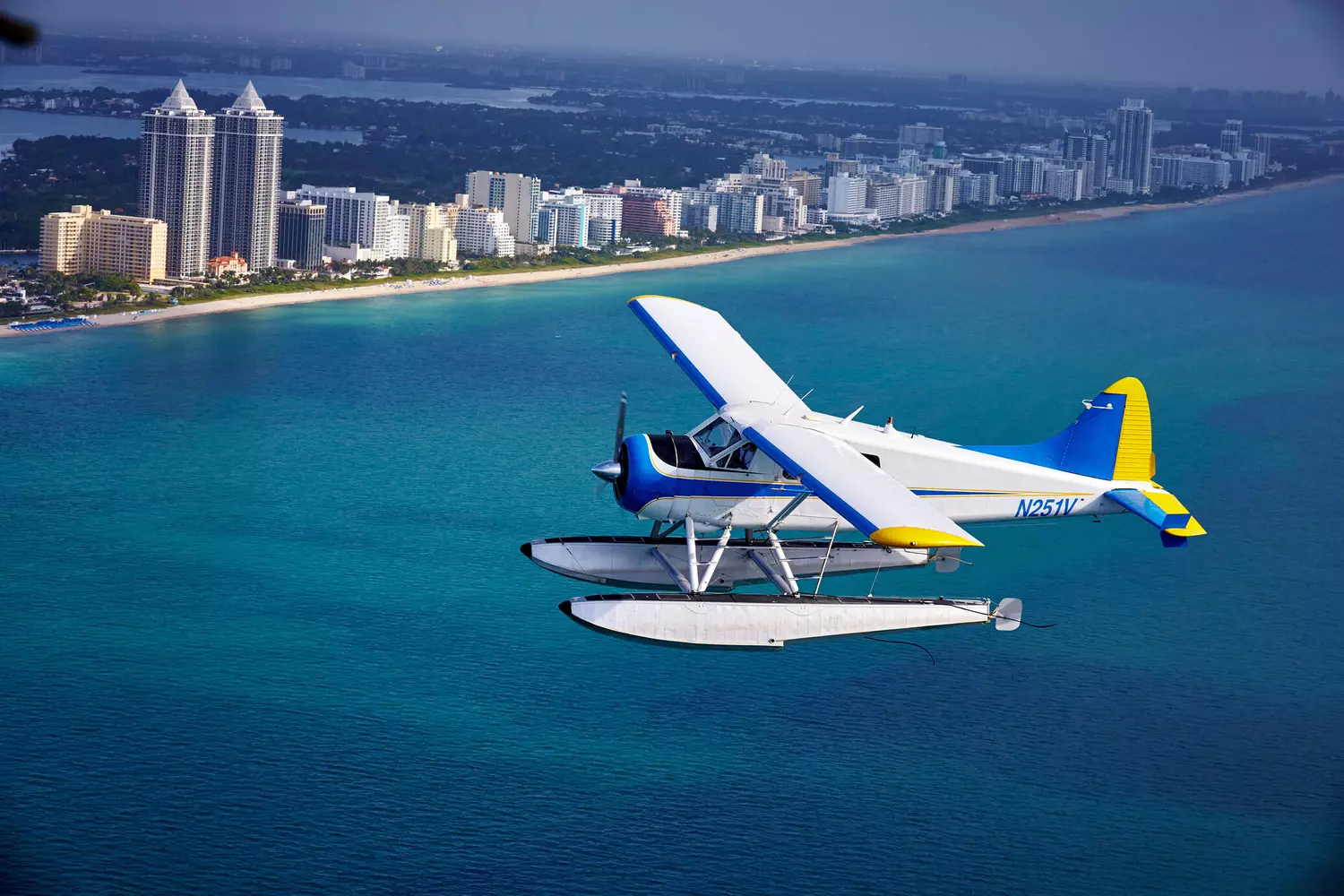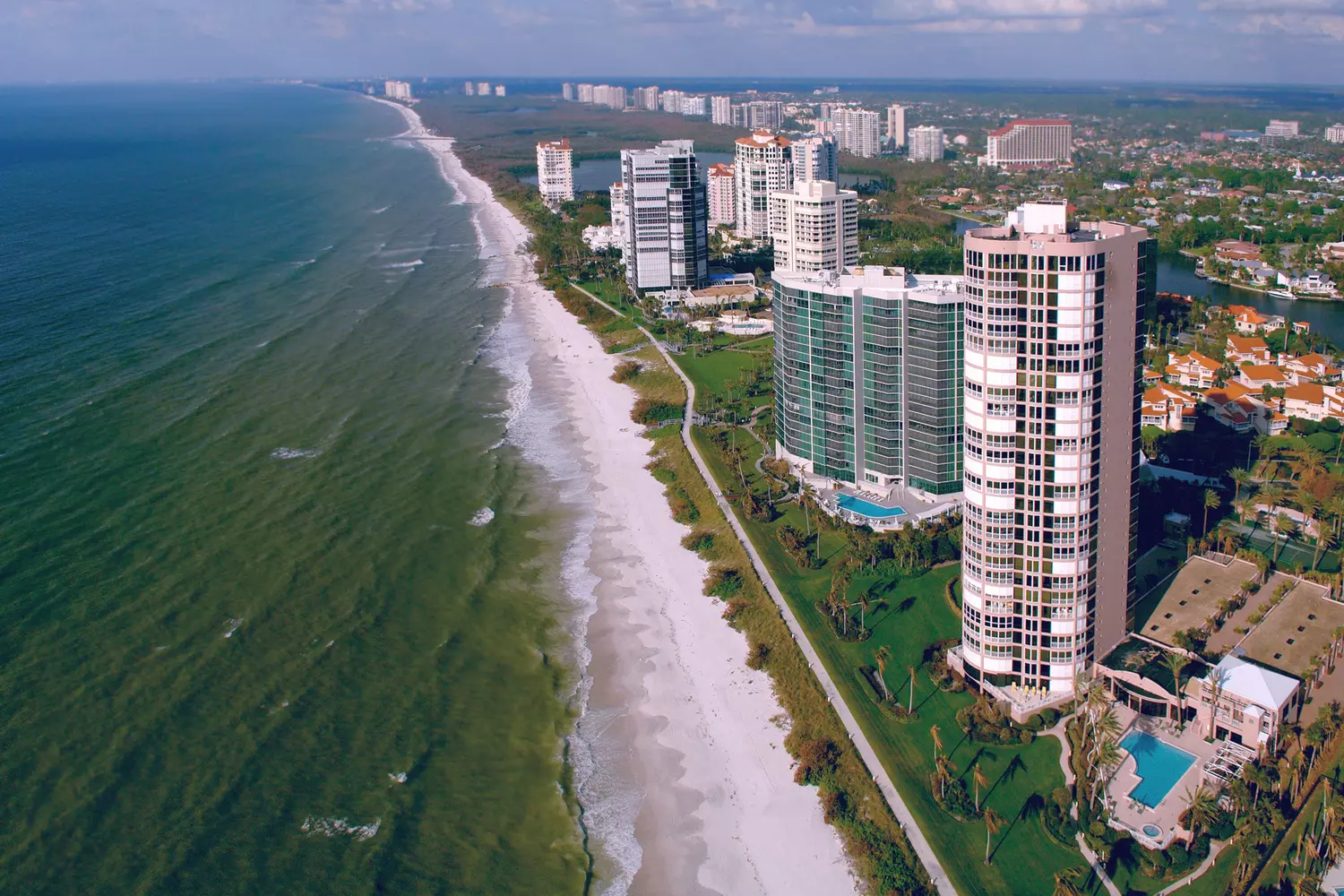Florida is a true paradise for underwater enthusiasts. Here, you can explore coral reefs, shipwrecks, underwater caves, and encounter manatees in their natural habitat. Diving and snorkeling offer a fresh perspective on the ocean and an opportunity to get acquainted with its amazing inhabitants.
In this article, we'll delve into the differences between these types of underwater activities, identify the best spots in the USA and Florida, and provide tips for safety and trip planning.
What are Diving and Snorkeling?
Diving and snorkeling are two ways to explore the underwater world. Both allow you to see marine life, but they require different levels of preparation and equipment.
Diving is underwater swimming with scuba gear. A person descends to depth, breathes through a special apparatus, and can stay underwater for a considerable time. This requires preparation: you need to master the equipment, learn diving techniques, and undergo training. In some cases, a certificate confirming your skills is required. Diving opens access to shipwrecks, deep-sea caves, and coral reefs.
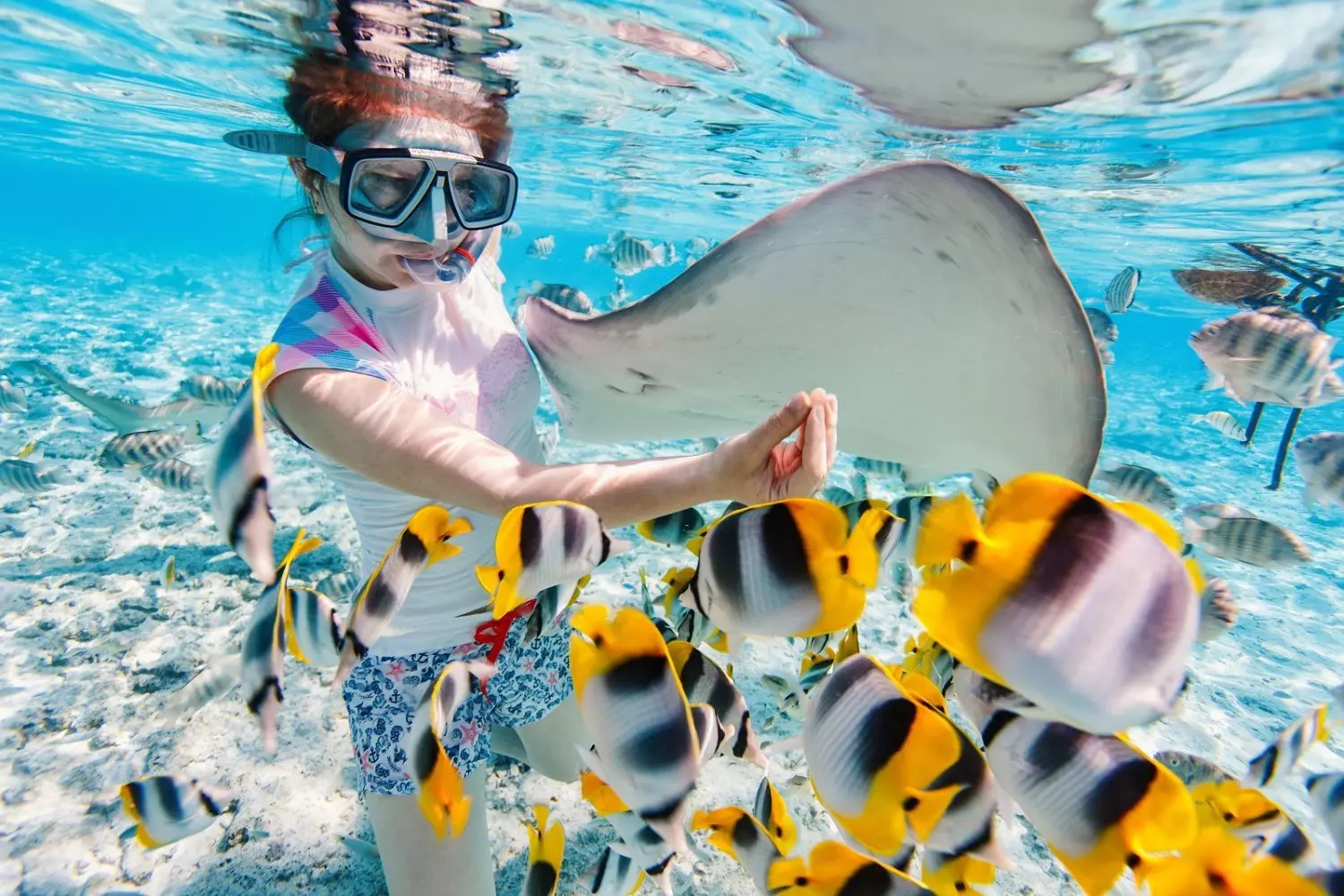
Snorkeling is a simpler way to explore marine landscapes. It only requires a mask, snorkel, and, optionally, fins. A person stays on the surface of the water, submerging their face and breathing through the snorkel. This option is suitable for those who want to see fish, corals, and marine plants without complex preparation.
The main difference between these types of swimming is depth. Divers can descend dozens of meters, while snorkelers remain at the surface. The first option requires training, the second is accessible to almost everyone.
How Does It Work?
Diving and snorkeling require different approaches, but both depend on proper equipment, safety measures, and preparation.
Equipment
Snorkeling requires minimal equipment — a mask, snorkel, and fins. The mask protects the eyes and allows you to see underwater, the snorkel allows you to breathe without lifting your head, and the fins help you move faster. Some people use a wetsuit if the water is cold or if protection from jellyfish and sunburn is needed.
Diving requires more complex equipment. The main elements are:
- Scuba tank — a cylinder with air and a regulator through which a person breathes underwater.
- Buoyancy compensator (BCD) — a vest that adjusts the depth of the dive.
- Wetsuit — protects against cold and potential injuries.
- Weight belt — helps maintain balance and descend underwater.
- Pressure gauge and depth gauge — show the air level in the tank and the depth of the dive.
Safety Precautions
Snorkeling does not require special training. It is enough to put on the equipment, lie on the water, and breathe through the snorkel. The main thing is not to swim too far, watch the current, and know how to clear the snorkel of water if it gets inside.
Diving is more complex. Before diving, you need to check the equipment, calculate the air supply, and make sure there are no health problems. It is important to follow the rules:
- Descend slowly so that the ears have time to adapt to the pressure.
- Do not hold your breath to avoid barotrauma.
- Monitor air consumption and surface in time.
- Do not ascend too quickly — this is dangerous for the body.
For independent diving in open water, certification is required. Training is conducted by international organizations such as PADI and SSI. It includes theoretical classes, pool training, and real dives under the supervision of an instructor.
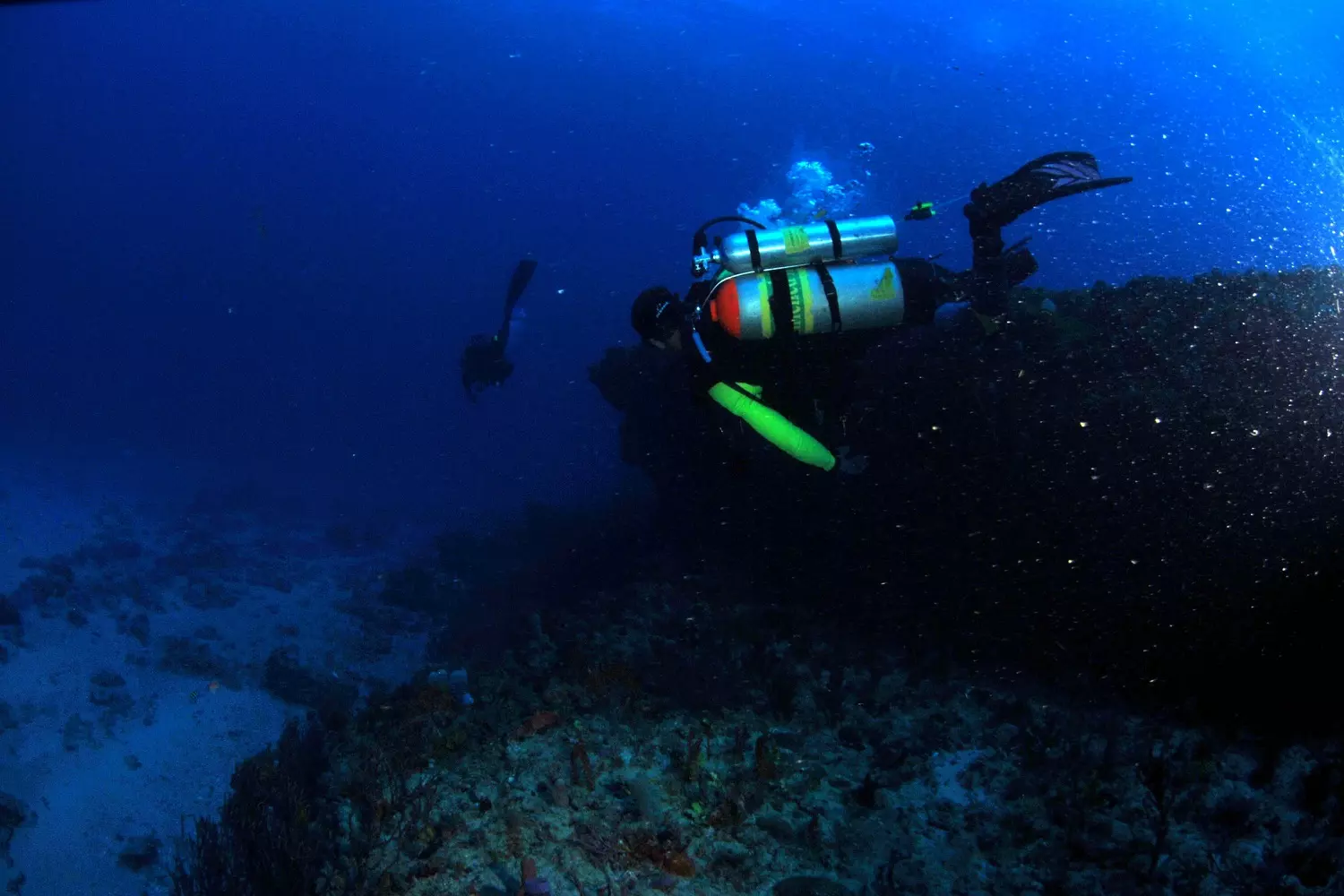
Permits and Restrictions
In most places, snorkeling is available without restrictions. The main thing is to follow local rules and not disturb the natural environment.
Diving is more complex. In some areas, a permit is required, and in national parks, strict rules apply. For example, in marine reserves, it is forbidden to touch corals and lift anything from the bottom.
Diving and snorkeling allow you to see the underwater world from different depths, but in any case, caution, proper equipment, and respect for the environment are important.
Best Places for Underwater Activities in the USA
The United States has numerous locations where you can see coral reefs, shipwrecks, rare marine life, and even underwater caves. Some are suitable for beginners, while others require preparation and specialized equipment.
- 01.Dry Tortugas National Park, Florida This park is located 70 miles (110 kilometers) west of Key West and is accessible only by boat or seaplane. The water here is crystal clear, concealing reefs and shipwrecks. Divers explore the submerged Fort Jefferson, while snorkelers swim among tropical fish and sea turtles.
- 02.Florida Keys Coral Reef, Florida The Florida Keys are a chain of islands stretching along the state's southern coast. Here lies the only living coral barrier reef in the continental United States. The water is warm, the current is weak, making the location suitable even for those just learning to snorkel. Divers often descend to the shipwreck of the Spiegel Grove or explore the picturesque reefs of Looe Key.
- 03.Monterey Bay National Marine Sanctuary, California Monterey Bay is known for its colonies of sea lions, giant kelp forests, and diverse marine life. The water temperature here is lower than in Florida, so divers and snorkelers need a wetsuit. In autumn, you can encounter sea otters, rays, and even whales.
- 04.Crystal River, Florida This is the only place in the USA where it is officially allowed to swim alongside manatees. In winter, they swim into the warm springs of Crystal River, and snorkelers can observe them in their natural habitat. The water here is clear, and the depth is shallow, making the location suitable for beginners.
- 05.Catalina Island, California Catalina Island, located near Los Angeles, attracts underwater enthusiasts with its clear waters and abundant marine life. Divers explore the local Casino Point Dive Park, while snorkelers observe garibaldi fish, which are found only off the coast of California.
- 06.Tunnels Beach, Hawaii On the island of Kauai, there is a rare place where corals have an unusual crimson hue. The water here is calm, the depth is shallow, making snorkeling comfortable even for those who are not strong swimmers.
- 07.Biscayne National Park, Florida This park is 95% water. Here, you can see shipwrecks, coral reefs, and mangrove forests. Divers have several underwater trails passing through the remains of old vessels, while snorkelers can swim among fish and sea sponges.
- 08.Dean's Blue Hole, Bahamas While this location is technically outside the USA, it is popular among American divers. Dean's Blue Hole is one of the deepest vertical sinkholes in the world. Experienced divers descend dozens of meters, while snorkelers can swim on the surface, gazing into the darkening depths below.
These locations offer diverse conditions and experiences — from the warm reefs of Florida to the cold waters of California. Wherever the dive takes place, it's important to remember safety and respect for the underwater world.
Where to Go Diving and Snorkeling in Florida?
Florida is one of the best places in the USA for underwater activities. It boasts coral reefs, shipwrecks, underwater caves, and tranquil lagoons. The diversity of landscapes allows you to choose a spot suitable for both beginners and experienced divers.
1. Coral Reefs
- Florida Keys — the prime location for snorkeling and diving. It's the only living coral barrier reef in the continental United States, stretching along the state's southern coast.
- John Pennekamp Coral Reef State Park (Key Largo) — the nation's first underwater park. Here, you can see corals, sea turtles, and the famous Christ of the Abyss statue.
- Looe Key Reef (Big Pine Key) — a picturesque reef with small grottoes and enormous sea sponges.
- Molasses Reef (Key Largo) — a location with gentle currents, ideal for snorkelers.
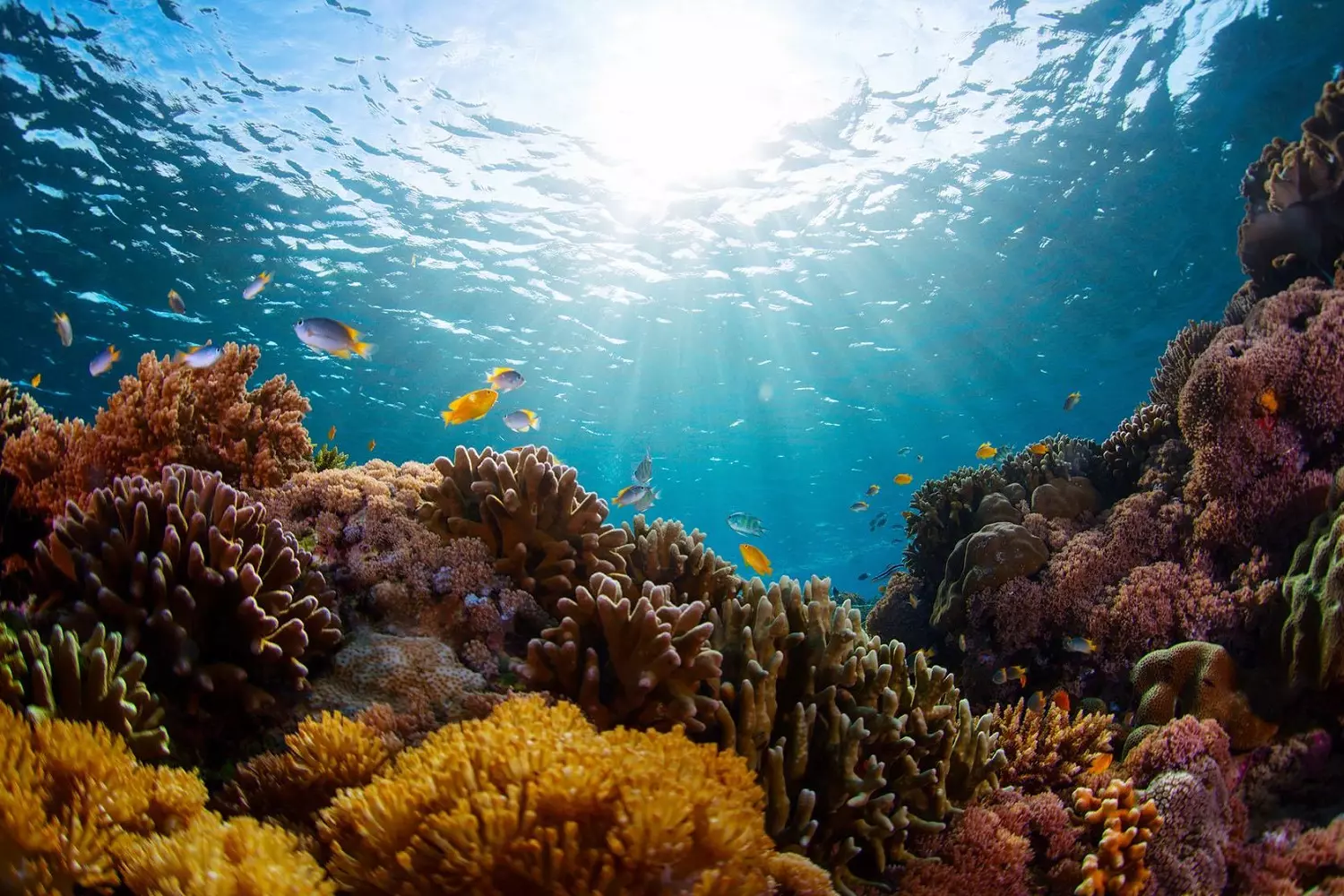
2. Shipwrecks
Florida has numerous sunken vessels that attract divers.
- Spiegel Grove (Key Largo) — a massive military ship that was intentionally sunk to create an artificial reef.
- Vandenberg (Key West) — a former military satellite tracking ship lying at a depth of about 40 meters.
- Oriskany (Pensacola) — the world's largest artificial reef created from an aircraft carrier.
3. Underwater Caves
Florida is known for its system of underwater caves, which are suitable only for trained divers.
- Ginnie Springs (High Springs) — one of the most popular spots for cave diving. The water here is clear, and the depth reaches 30 meters.
- Devil's Den (Williston) — an ancient underground river accessible to both snorkelers and divers.
- Blue Grotto (Williston) — a large underwater cave with clear water and an unusual play of light.
4. Lagoons and Mangrove Forests
These locations attract those who want to see marine animals in their natural environment.
- Crystal River (Crystal River) — the only place where it is allowed to swim alongside manatees.
- Biscayne National Park (Biscayne Bay) — a tranquil area with corals, fish, and mangrove trees.
- Fort De Soto Park (Tierra Verde) — a sandy lagoon with warm water and small reefs.
Florida offers a multitude of options for underwater exploration. It is important to consider your level of training, seasonal conditions, and safety rules to ensure a comfortable and safe dive.
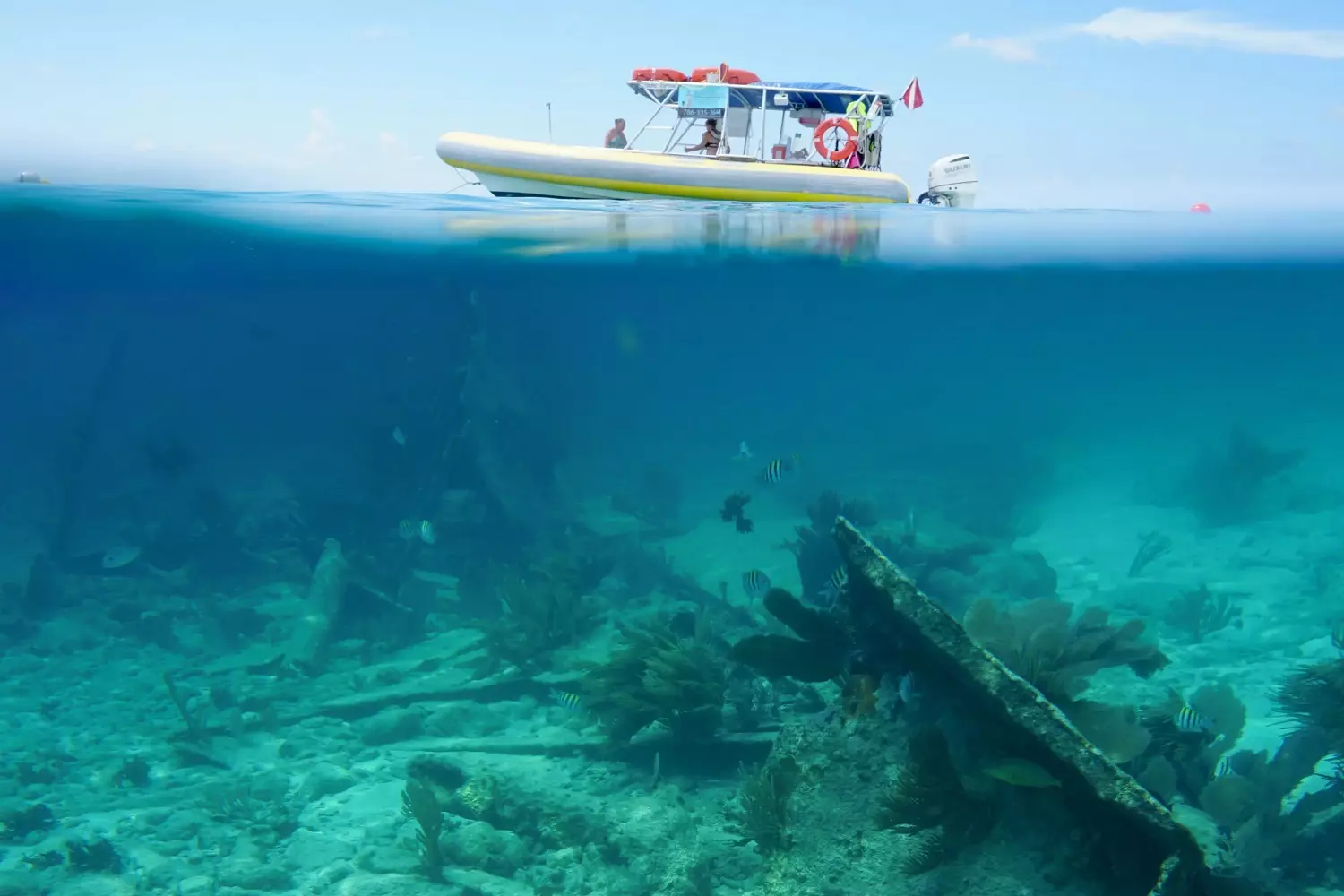
When is the Best Time for Underwater Activities?
Choosing the right time for diving and snorkeling depends on several factors: season, water temperature, visibility, and the activity of marine animals. Each region has its own characteristics, and it's worth finding out in advance what conditions to expect.
Florida and the Caribbean
In Florida and the Caribbean, underwater activities are available year-round, but conditions can vary depending on the time of year.
- Winter (December — March)
The water remains warm but can be cooler, especially in the northern areas of the state. This is a good time to observe manatees as they swim into warm springs. However, there may be cold currents in winter that reduce comfort. - Spring (April — May)
The weather is stable, the water warms up, and there are fewer tourists than in summer. This is a great time for those who want to avoid crowds. - Summer (June — August)
The water is the warmest, but rain and hurricanes can begin. Visibility sometimes deteriorates due to algae blooms. - Autumn (September — November)
Water temperatures remain high, and tourist numbers decrease. The main thing is to monitor forecasts, as hurricanes are possible in autumn.
California
The climate on the west coast is different.
- Summer — Early Autumn (June — October)
This is the best period for underwater activities, as the water warms up and visibility improves. During this time, you can see sea lions and leopard sharks. - Winter — Spring (November — May)
The water is cold, and the current is strong, but it is in winter that large marine animals such as gray whales appear.
Hawaii
Underwater activities are available here year-round, but conditions also change.
- Summer (May — October)
The water is calm, and visibility is the best. This is the best season for beginners. - Winter (November — April)
Large waves and strong currents are possible, especially on the northern coasts of the islands. However, humpback whales swim here in winter.
Other Factors
In addition to the season, it is important to consider the weather and natural phenomena.
- Tide and Ebb. During low tide, the water becomes murky, and the current intensifies.
- Visibility. It is best to swim in clear, windless weather. Rain and storms can spoil the underwater view.
- Marine Life. If the goal is to encounter a specific animal, you need to find out when it appears in the region. For example, nurse sharks are active at night, and manta rays are more common in summer.
For comfortable underwater activities, it is important to consider the seasonal characteristics of the region, the weather forecast, and the state of the water. Then the dive will be safe and exciting.
How to Organize an Underwater Adventure?
Underwater activities require preparation. Even if you plan a simple snorkeling trip near the shore, it's important to think through the details in advance. This will reduce risks and make the dive comfortable.
- 01.Choose a Location
The choice of location depends on experience, preferences, and time of year. Beginners will find places with calm water and good visibility suitable. Experienced divers can go to shipwrecks, caves, or coral reefs. - 02.Check the Season and Weather
Some places look perfect in photos, but in certain months there are strong currents or poor visibility. It is best to clarify the forecast and seasonal features with local guides or in specialized centers in advance. - 03.Book Equipment or a Tour
If you don't have your own equipment, you can rent it. Diving clubs and tourist centers offer snorkeling and diving kits. It is important to make sure that the equipment is in good working order and fits properly. - 04.Prepare Physically
Before diving, it is useful to practice in a pool or shallow water. This will help you get used to breathing through a regulator or snorkel. Those who are poor swimmers should learn basic movements in the water in advance. - 05.Clarify Safety Rules
Before diving, it is important to know the local rules: permitted areas, behavior among marine animals, and emergency measures in unforeseen situations. Divers need to consider the dive time and comply with depth restrictions. - 06.Plan the Route and Transportation
Some underwater locations can only be reached by boat. If the place is remote, it is worth finding out in advance how to get there and how long it will take.
If you want to spend time without organizational hassles, you can contact American Butler. We will select the best places for diving and snorkeling, arrange a transfer, rent a yacht, or provide a private guide. This is a convenient solution for those who want to dive in a calm environment and with maximum comfort.
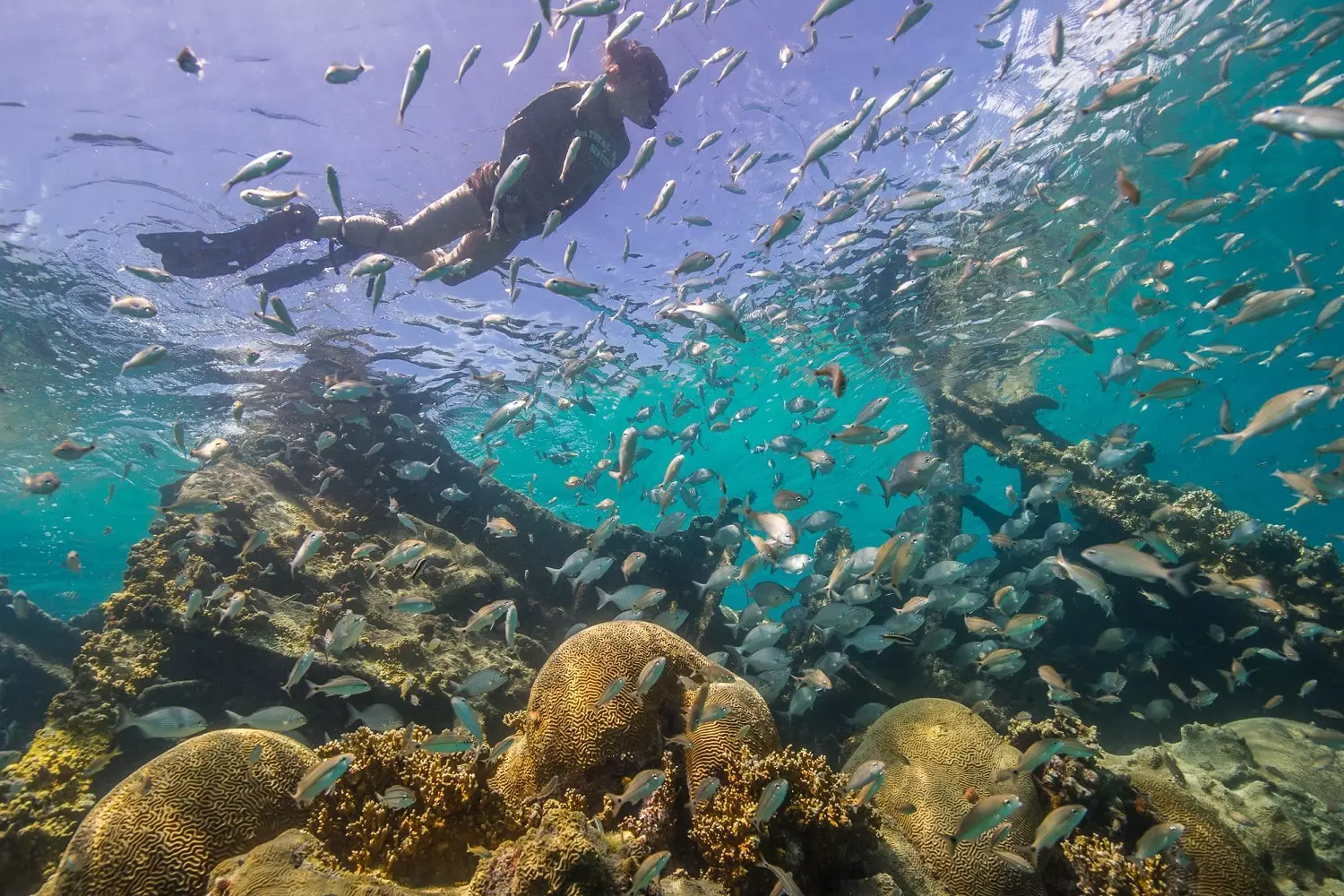
Tips for Beginners
Diving and snorkeling require preparation, even if you plan to just swim with a mask near the shore. Regardless of your experience level, it is worth considering a few important points.
- Choose Proven Equipment
The mask should fit snugly to the face, the snorkel should provide free breathing, and the fins should fit properly. When diving, it is important to monitor the condition of the regulator and air cylinder. - Learn to Breathe Properly
Snorkeling requires calm and measured breathing through a snorkel, and in diving, it is important to control air consumption and not take sharp breaths. Training in a pool or shallow water helps beginners. - Monitor Buoyancy
In water, the body behaves differently, so it is important to learn how to control movements. A buoyancy compensator helps a diver, and proper weight distribution and a relaxed body position helps a snorkeler. - Don't Dive Alone
Even if the place seems safe, it is always better to be near a buddy. This is the golden rule of diving and snorkeling, which reduces the risk of unexpected situations. - Check the Water Before Swimming
Before diving, it is worth assessing visibility, current, and depth. It is important to avoid places with strong waves, and in unfamiliar areas, clarify information from instructors. - Don't Neglect Safety
Divers should always follow decompression rules and ascend to the surface smoothly. When snorkeling, do not swim too far and monitor your energy level to have enough strength to return. - Protect Nature
Do not touch marine animals, do not stand on corals, and do not pick up objects from the bottom. The underwater world is fragile, and any interference can harm it.
These recommendations will help beginners avoid mistakes and make their first dive comfortable and safe.














